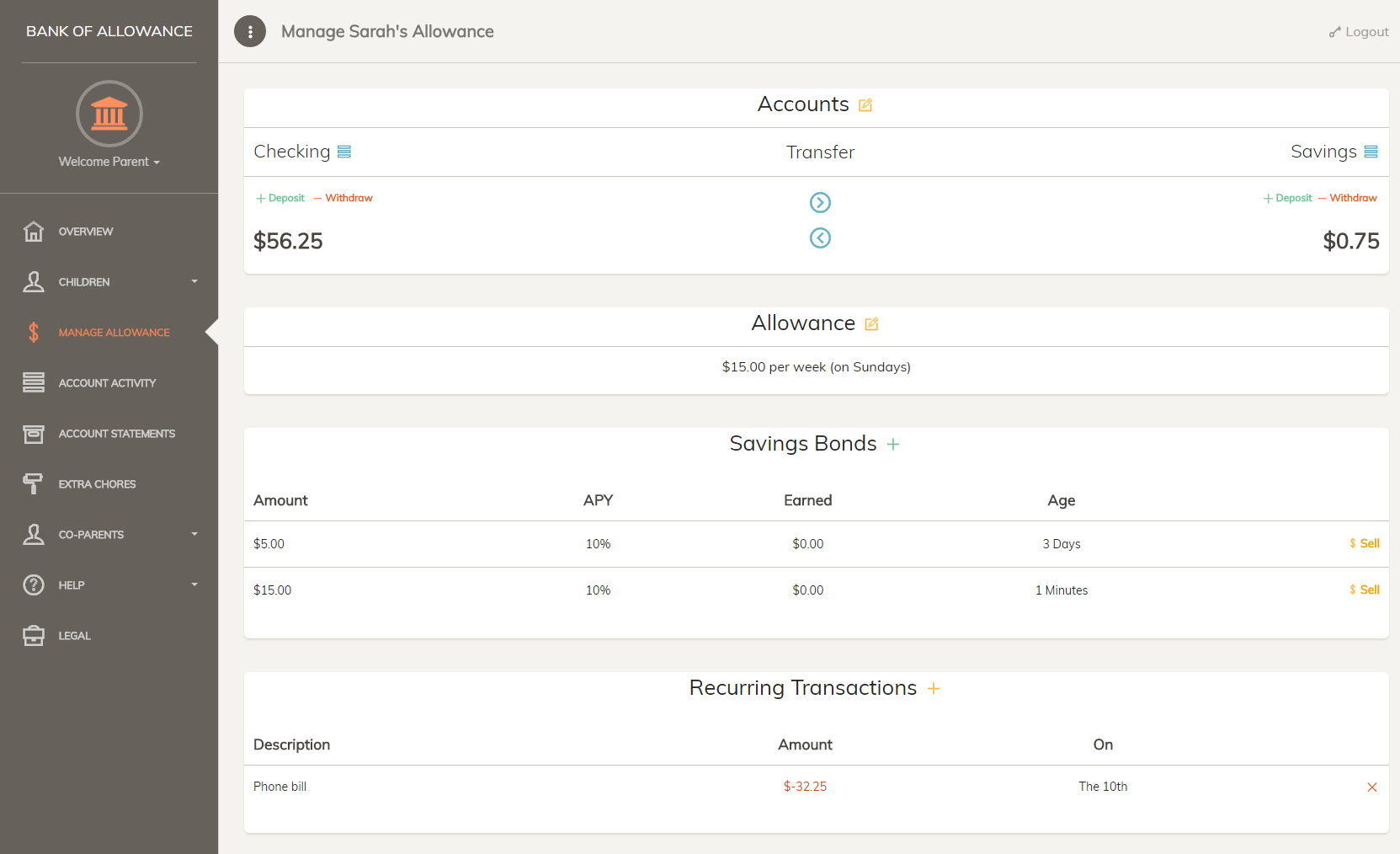
The Art of the Allowance: Mastering Money Management as a Young Adult
The jingle of coins or the notification of a digital transfer – the arrival of your allowance can feel like a small celebration. But beyond the immediate gratification of having spending money, an allowance represents a valuable opportunity: a chance to learn the fundamentals of money management. Whether you’re a student, a young professional, or simply someone looking to gain better control of your finances, mastering the art of managing an allowance wisely is a skill that will pay dividends throughout your life.
Why Allowance Matters: Beyond Just Spending Money
Many people view an allowance as merely a means to buy the things they want. However, a well-managed allowance can be a powerful tool for developing financial literacy and responsible habits. Here’s why:
-
Budgeting Basics: An allowance forces you to make choices within a limited budget. You learn to prioritize needs versus wants, allocate funds for different purposes, and track where your money goes.
-
Saving Strategies: Putting aside a portion of your allowance, no matter how small, instills the habit of saving. It teaches you to delay gratification and work toward longer-term goals.
-
Financial Independence: Managing your own money, even in a controlled environment, builds confidence and self-reliance. It prepares you for the financial responsibilities of adulthood.
-
Understanding Value: When you earn or receive an allowance, you gain a greater appreciation for the value of money. You become more mindful of your spending habits and less likely to make impulsive purchases.
-
Responsibility and Accountability: Managing an allowance requires you to be responsible for your own financial decisions. You learn to weigh the consequences of your choices and take ownership of your financial outcomes.
Step-by-Step Guide to Allowance Mastery
Now, let’s dive into the practical steps you can take to manage your allowance effectively:
1. Know Your Numbers: Track Your Income and Expenses
The first step in any financial management strategy is to understand your current financial situation. This means tracking both your income (allowance) and your expenses.
-
Income Tracking: Keep a record of the amount of allowance you receive and the frequency (weekly, monthly, etc.). This will give you a clear picture of your total income.
-
Expense Tracking: This is where things get interesting. For at least a month, diligently track every penny you spend. You can use a notebook, a spreadsheet, or a budgeting app. Categorize your expenses (e.g., food, entertainment, transportation, clothes).
2. Create a Budget: Allocate Your Funds Wisely
Once you have a clear understanding of your income and expenses, it’s time to create a budget. A budget is simply a plan for how you will spend your money.
-
Set Goals: What do you want to achieve with your allowance? Do you want to save for a specific item, pay off debt, or simply cover your basic expenses? Setting clear goals will help you prioritize your spending.
-
Prioritize Needs: Distinguish between needs and wants. Needs are essential expenses like food, transportation, and school supplies. Wants are non-essential items like entertainment, designer clothes, and the latest gadgets.
-
Allocate Funds: Assign a specific amount of money to each category in your budget. Be realistic and flexible. You may need to adjust your budget as your needs and goals change.
3. Save Strategically: Build a Financial Cushion
Saving is a crucial component of financial management. It provides a safety net for unexpected expenses and allows you to work toward long-term goals.
-
"Pay Yourself First": Before you spend any money, set aside a portion of your allowance for savings. Even a small amount, such as 10% or 20%, can make a big difference over time.
-
Set Saving Goals: Define specific saving goals, such as saving for a new phone, a trip, or college expenses. Having clear goals will motivate you to save.
-
Explore Saving Options: Consider different saving options, such as a savings account, a certificate of deposit (CD), or even a low-risk investment account. Research the pros and cons of each option and choose the one that best suits your needs and risk tolerance.
-
Automate Savings: Set up automatic transfers from your checking account to your savings account. This will ensure that you consistently save money without having to think about it.
4. Avoid Debt: Steer Clear of Unnecessary Borrowing
Debt can be a major obstacle to financial success. It’s important to avoid unnecessary borrowing, especially at a young age.
-
Understand the Cost of Debt: Learn about interest rates, fees, and other costs associated with borrowing money. Be aware of the potential consequences of taking on debt.
-
Avoid Credit Cards (Initially): Credit cards can be tempting, but they can also lead to overspending and debt. If you do get a credit card, use it responsibly and pay off your balance in full each month.
-
Borrow Only When Necessary: Only borrow money for essential expenses, such as education or a car. Avoid borrowing money for non-essential items like entertainment or luxury goods.
5. Invest Wisely: Grow Your Money Over Time
Investing is a powerful tool for growing your money over time. However, it’s important to invest wisely and avoid making risky decisions.
-
Start Early: The earlier you start investing, the more time your money has to grow. Even small investments can compound significantly over time.
-
Do Your Research: Before investing in any asset, do your research and understand the risks involved. Consult with a financial advisor if needed.
-
Diversify Your Investments: Don’t put all your eggs in one basket. Diversify your investments across different asset classes, such as stocks, bonds, and real estate.
-
Consider Low-Cost Index Funds: Index funds are a simple and cost-effective way to invest in a diversified portfolio of stocks or bonds.
6. Track and Adjust: Monitor Your Progress Regularly
Financial management is an ongoing process. It’s important to track your progress regularly and adjust your budget and savings plan as needed.
-
Review Your Budget Monthly: At the end of each month, review your budget and compare your actual spending to your planned spending. Identify any areas where you overspent or underspent.
-
Adjust Your Budget Accordingly: Based on your review, adjust your budget for the following month. Make sure your budget is still aligned with your goals and priorities.
-
Monitor Your Savings and Investments: Track the performance of your savings and investments. Make sure you are on track to meet your financial goals.
7. Develop Good Financial Habits
-
Be Mindful of Your Spending: Before making a purchase, ask yourself if you really need the item or if it’s just a want.
-
Shop Around for the Best Deals: Compare prices before making a purchase. Look for discounts, coupons, and other ways to save money.
-
Avoid Impulse Purchases: Resist the urge to buy things on impulse. Take some time to think about whether you really need the item before making a purchase.
-
Live Within Your Means: Don’t try to keep up with the Joneses. Live within your means and avoid spending more than you earn.
Conclusion: A Foundation for Financial Success
Managing an allowance wisely is more than just about controlling your spending; it’s about building a foundation for financial success. By learning to budget, save, avoid debt, and invest wisely, you can develop the financial skills and habits you need to achieve your goals and live a financially secure life. Remember, it’s never too early to start mastering the art of money management.



